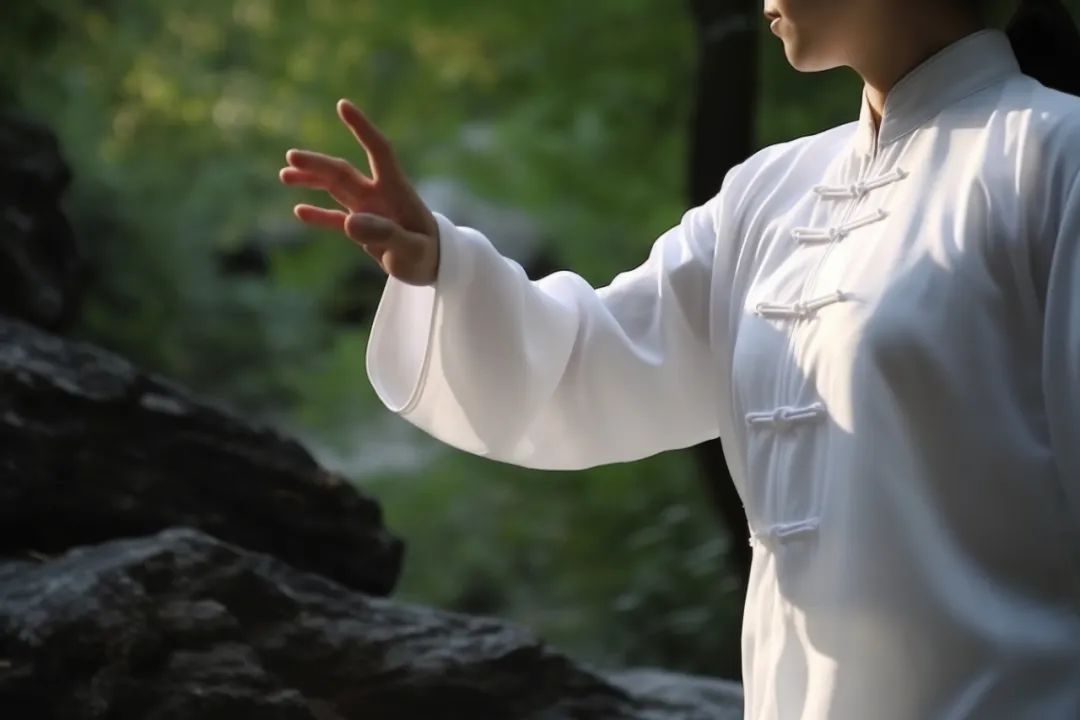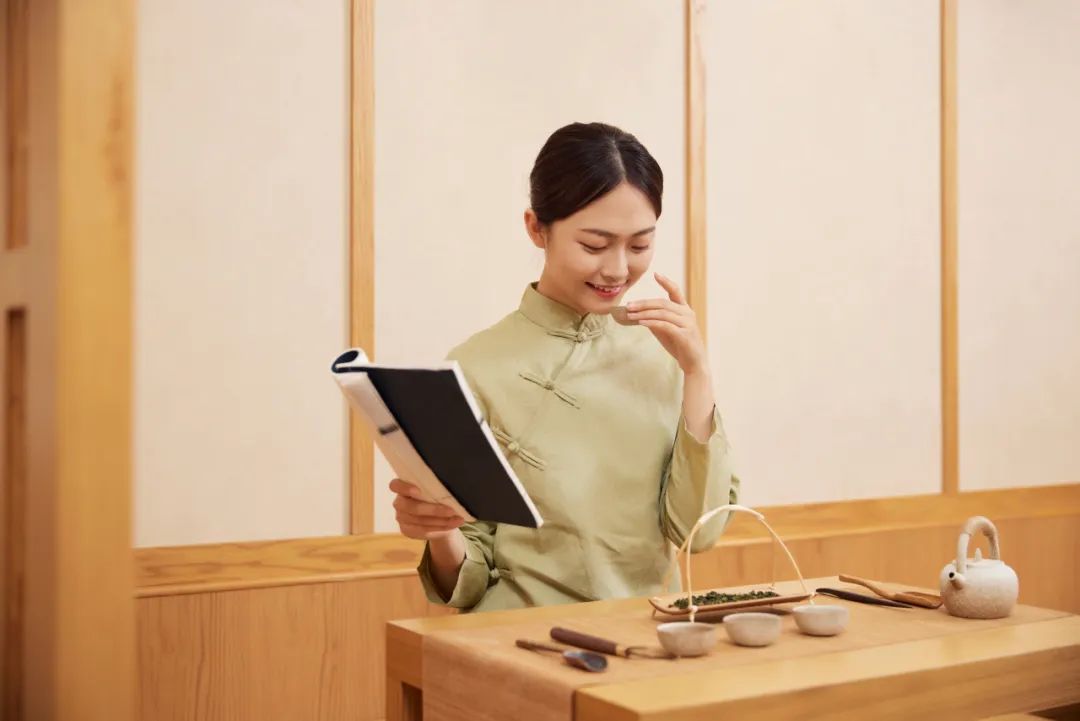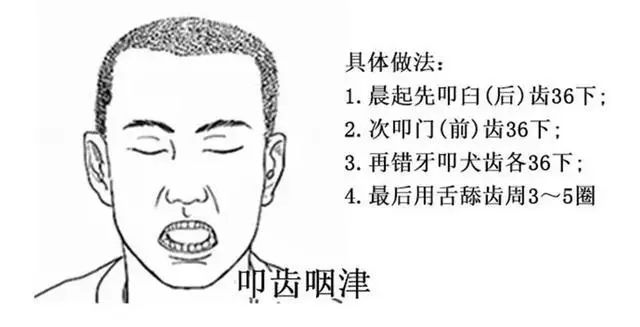Ancient sages pointed out: “The life of a person is the gathering of Qi. When Qi gathers, life is sustained; when Qi is strong, health is maintained; when Qi declines, weakness ensues; when Qi disperses, death follows.” This means that Qi is the most fundamental energy that constitutes the human body and maintains life activities, playing a role in disease prevention and enhancing resistance. Although it is invisible and intangible, without Qi, a person cannot survive. Today, I will share with you the ancient methods of nourishing Qi.


 How to Understand “Qi”?
How to Understand “Qi”?


Traditional Chinese Medicine (TCM) believes that Qi is the driving force that enables the organs of the human body to function. Physiologically, it maintains vitality, warms the body, and defends against external pathogens. Qi is like the “fuel” of the body, driving the operation of the five organs and six bowels, maintaining normal body temperature, and defending against various viral invasions. The principle of TCM treatment is essentially to “regulate Qi.”

 How to Nourish Vital Qi?
How to Nourish Vital Qi?


In the Song Dynasty, the health expert Chen Zhi summarized a set of “Seven Principles of Nourishing Life” related to Qi in his book “Shouqin Yanglao Shu”: “1. Speak less to nourish true Qi; 2. Abstain from sexual desires to nourish essence Qi; 3. Eat lightly to nourish blood Qi; 4. Swallow saliva to nourish organ Qi; 5. Avoid anger to nourish liver Qi; 6. Enjoy good food to nourish stomach Qi; 7. Think less to nourish heart Qi.”
1Speak Less, Nourish True Qi
In ancient China, there was an early viewpoint that “speaking less” is beneficial for health. Sun Simiao believed that “too much talking leads to Qi deficiency.” Excessive talking puts a person in a state of excitement, causing Qi and blood to surge, accelerating metabolism, depleting lung Qi, and affecting the normal function of the respiratory organs, leading to fatigue and lack of energy. In TCM, this is referred to as depleting Qi and harming the spirit. Speaking less in daily life helps to conserve lung Qi, allowing Qi to be replenished; conversely, excessive talking leads to Qi depletion.
2Abstain from Sexual Desires, Nourish Essence Qi
The “Huangdi Neijing” states: “Essence is the foundation of the body.” Essence is closely related to growth, development, and reproduction, thus preserving essence and protecting the kidneys is an important aspect of strengthening the body. Essence is governed by the kidneys; excessive sexual activity can deplete essence Qi, harm kidney essence, and subsequently affect other organs, impacting overall health. Therefore, moderation in sexual activity is a major principle of health preservation, especially for the elderly, who should abstain from sexual desires to help nourish kidney essence Qi.
3Eat Lightly, Nourish Blood Qi
As people age, their digestive functions gradually weaken. It is advisable to eat a light diet, consuming more vegetables and fruits while reducing fatty, spicy, and greasy foods. A light diet refers to choosing foods that are low in salt, fat, sugar, and cholesterol; “eating lightly” can help nourish blood Qi.

4Swallow Saliva, Nourish Organ Qi
Ancient health practitioners often referred to saliva as “golden saliva” and “jade liquid,” which has the effect of irrigating and nourishing the five organs and six bowels.Everyone can try the “swallowing saliva” method: lick your lips, teeth, and palate with your tongue or swirl it in your mouth until saliva increases, then gargle and suck before slowly swallowing.
5Avoid Anger, Nourish Liver Qi
TCM believes that “anger is the will of the liver.” Frequent anger can cause liver Qi to remain in an upward state, leading to liver Qi counterflow, and blood rising with Qi, resulting in liver stagnation. Emotions are closely related to “liver fire”; negative emotional stimuli can damage the liver, and liver damage can exacerbate emotional imbalances. This is what TCM refers to as “anger harms the liver.” To ensure smooth liver Qi and normal discharge, one must “restrain anger and avoid rage,” preventing excessive emotional fluctuations and learning to approach people and situations with tolerance and a calm mindset.
6Enjoy Good Food, Nourish Stomach Qi
Stomach Qi generally refers to the digestive and absorption functions of the body. When the spleen and stomach function well, they absorb adequately, supplying all organs and tissues with sufficient blood and fluids, leading to robust growth and vitality. Nourishing stomach Qi is crucially about maintaining a balanced diet, reasonable food combinations, and developing good eating habits. Additionally, meals should be regular, avoiding overeating or excessive dieting to nourish stomach Qi.
7Think Less, Nourish Heart Qi
TCM believes that the heart governs mental activities. Modern medicine has also proven that a person’s mood is directly related to health; many diseases arise from worry, anger, and repression. One should not overthink or get stuck on trivial matters; relaxing the mind and reducing the depletion of heart Qi can help replenish heart Qi.

 For Those with Qi Deficiency, Try These Five Exercises
For Those with Qi Deficiency, Try These Five Exercises


Additionally, I will introduce five exercises to strengthen the organ functions of those with Qi deficiency, which can be done at home.
1Throwing in the Air
Sit upright in a chair, with the left arm naturally bent at the elbow, palm facing down on the thigh; bend the right arm at the elbow, palm facing up, simulating the action of throwing an object upwards 3-5 times, then switch to the left hand and repeat. All these actions constitute one set, practice 5 sets daily.
2Leg Swinging
Choose a higher chair, where your feet naturally dangle without touching the ground while sitting. Swing both legs back and forth 10-15 times, gradually increasing the range of motion, practicing 3-5 times daily. Start by swinging the legs forward, and you can also slowly rotate your body left and right in small motions 3 times while seated to enhance kidney strengthening effects.
3Waist Rubbing
Sit comfortably in a chair, loosening your clothing and belt appropriately to facilitate waist rubbing. Rub your palms together quickly until they feel warm, then place your palms on your lower back and rub up and down quickly. When your hands cool down, rub them again to warm them up and continue the waist rubbing until the area feels warm. It is advisable to do this 3-5 times daily.
4Mental Repetition
Silently repeat the word “blow” in your mind. Stand with your feet together, raise your arms from your sides, rubbing them against your waist 3 times, then slowly and evenly bring them to the front of your body in a ball-hugging position. Then, slightly squat down, placing your arms on your knees, exhaling while mentally repeating “blow.” As you exhale, squat down until your knees do not exceed your toes, then slowly inhale while standing up, allowing your arms to naturally drop to your sides. Repeat this 6-10 times as one set, practicing 3 sets daily.
5Massage Zusanli (ST36)
Zusanli is located on the outer side of the lower leg, 3 inches below the outer knee. To locate the point, place the palm of the same side hand on the knee, allowing the hand to hang naturally, with the tip of the ring finger approximately at Zusanli. Massage by pressing or kneading Zusanli with your thumb for 30 seconds on each side, alternating 3-5 times. The pressure should be sufficient to turn the nail of the thumb white.




